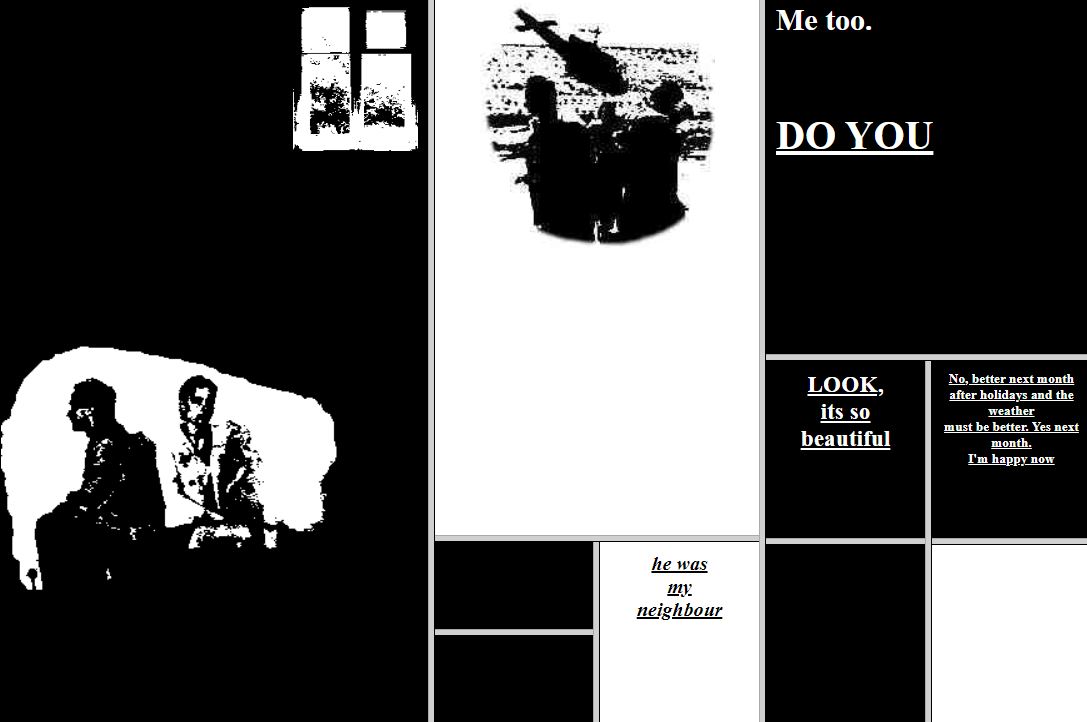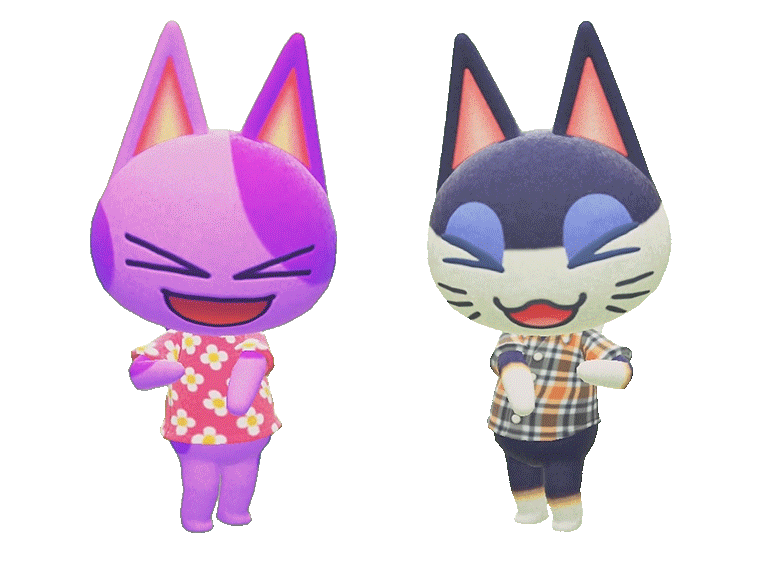What happens when reality-based, embodied experiences enter the virtual sphere? How do social, cultural, systemic structures translate into a technologically-driven community? What changes and what stays in a world with New Media?
In New Media from Borges to HTML
(The New Media Reader, Noah Wardrip-Fruin and Nick Montfort, eds. The MIT Press: Cambridge, Mass, 2003) Lev Manovich explores eight propositions for what New Media is and how to analyze it, with the 4th proposition being: New Media as the Mix Between Existing Cultural Conventions and the Conventions of Software
. Manovich suggests that the conventions of New Media arise from a mix ... between two different sets of cultural forces, or cultural conventions: on one hand, the conventions of already mature cultural forms (such as a page, a rectangular frame, a mobile point of view) and, on the other hand, the conventions of computer software and, in particular, of HCI, as they have developed until now
(18).
The introduction of new and quickly developing technologies in many ways uprooted existing structures and forced actors in the present world to adapt to a reality with enhanced possibilities. Cultures not only mix with each other, now that the world is connected with Internet capabilities - the culture of existing communities is mixed with technological conventions of the tools, resulting in a new and intermixed third visual and social culture.
Olia Lialina's My Boyfriend Came Back from the War (1996) is an example of early web art that stems from an amalgamation of existing art and cultural media conventions and the conventions of the technologically-based New Media: hypertext mirroring collage.

Olia Lialina, My Boyfriend Came Back from the War, 1996. Interactive website
This work is a simple interactive website telling an obscured narrative of a couple dealing with the boyfriend's return from war. Clicking through the pages, the story unfolds and fragments, both narratively and visually: the more the viewer explores the page, the more the page starts to fragment, mirroring the destabilization, confusion, and vulnerability of the couple's relationship after the war. This work, simple in its formal elements, is a great example of artists exploring the limits of early hypertext-based works and its creative application.
However, this approach to narrative-telling and art-making is not new. George P. Landow suggests the existence of strong parallels between hypertext HTML-based works (not just of art) and collage practices of Contemporary Artists in his essay Hypertext as Collage Writing
: hypertext as a collage-writing medium, one that isn't the same as collage or montage, but that is using a lot of similar principles to achieve similar effects.
The conventions of juxtaposition, appropriation, assemblage, concatenation, blurring limits, edges, borders, blurring distinctions between border and ground
(158), present first in analogue collage works of artists like Hannah Hoch, are now mirrored in the use of hypertext - literal links creating connections between pieces of information in a multisequential or multilinear
manner, with the linking [creating] new kinds of connectivity and reader choice
(154).
Manovich argues that it is the disconnect between the potential full implementation and the actual partial implementation (uneven development
) of New Media technologies that creates a new amalgamation
of existing culture and conventions of software and data (18). What new kinds of hybrids of interaction will this result in? What stays and what changes when the world becomes digitally extended?





